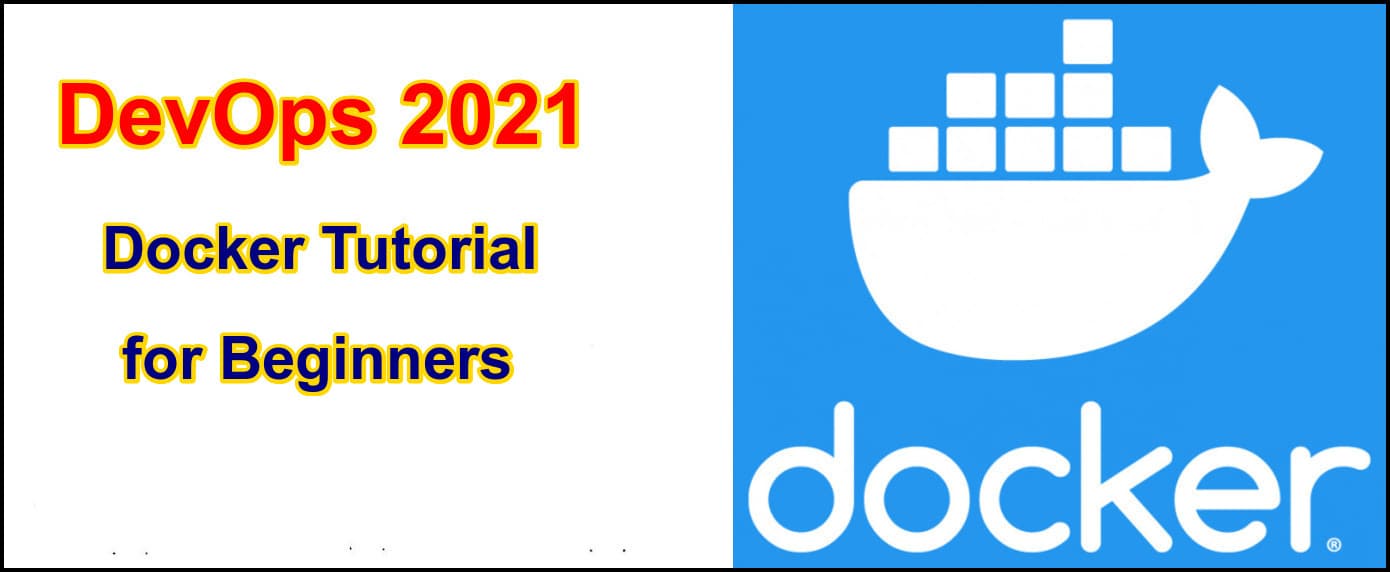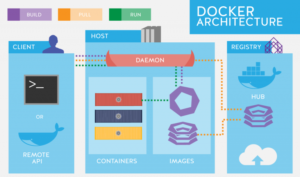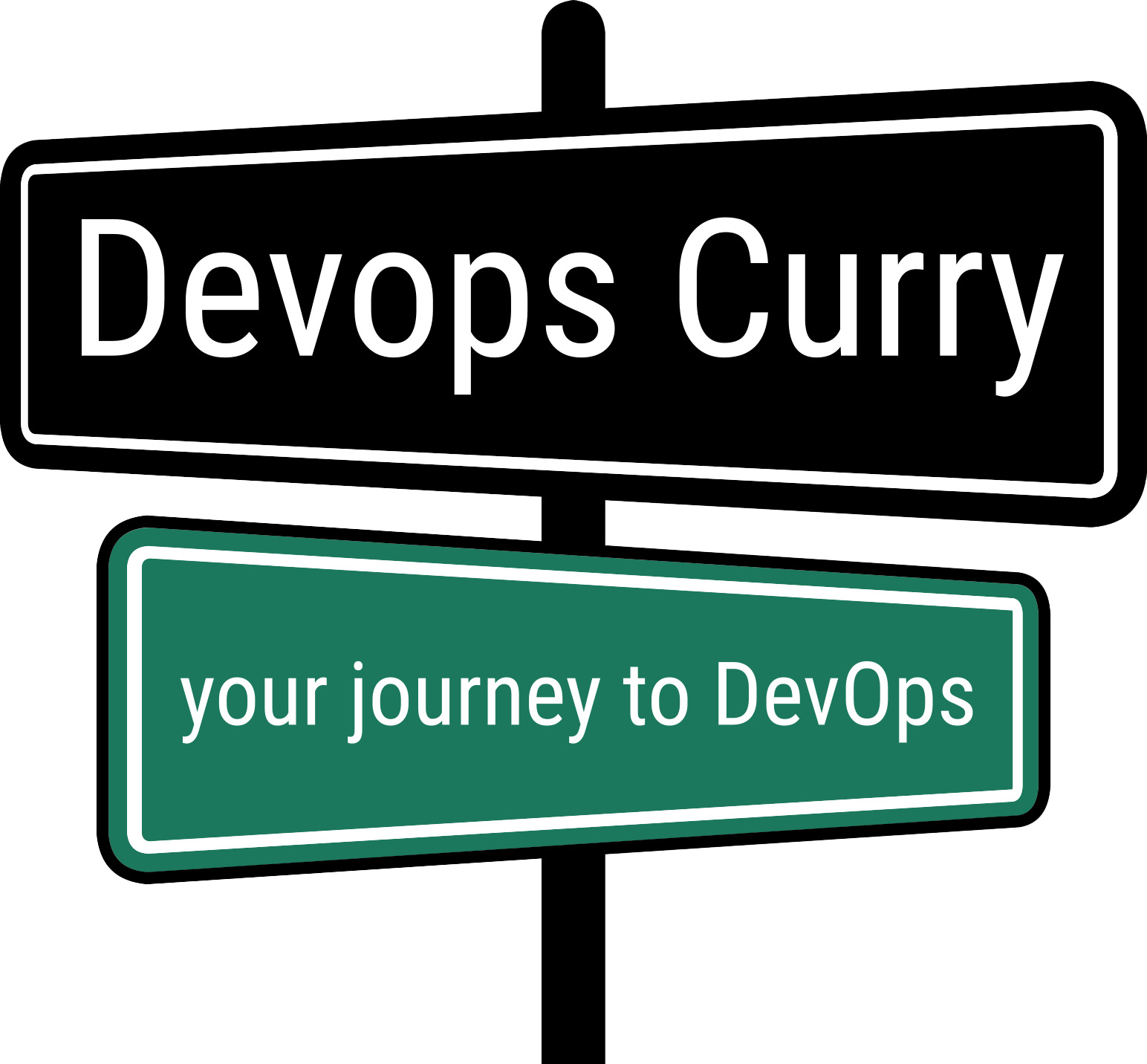
DevOps 2021 : A Docker Container Tutorial for Beginners
A look at Docker in 2021: The most preferred Container technology
I am sure if you are a software professional, then you have probably heard of term Docker at some point in last few years. And you are probably aware of the fact that it has become an instrumental or the must-know technology for any application developer to know and have in their kitty.
However if you have no idea of what I’m talking about, no worries – this article is supposed to share those details with you.
As the global businesses grow, complexity tends to increase in handling large and complicated applications. To manage the extensive applications, it is necessary that we take appropriate measures. Thus, the need to keep the applications on the same host isolated from each other without interfering with the other’s working arises. This issue has been resolved using virtual machines, providing separate environment hardware and software resources for running the application. But it comes with some downfalls as it requires its OS, which can be bulky and difficult to handle. Thus we move to container technology.
Containers allow you to isolate the applications by providing different execution environments sharing the same underlying OS kernel. It will enable you to pack the application more densely on the same hardware. With a container, you can bundle up the applications and their dependencies and libraries into a package that can be easily handled and modified without impacting the working of other applications or the system. But running thousands of containers can be challenging to create and manage. Thus, we require some tools to handle it. Thus Docker comes into the picture.
Docker was launched in 2013 as an open-source project. It boosts the containerization and microservices concept in software development, also known as cloud-native development.
As per definition from Wikipedia,
Docker is a set of platform as a service (PaaS) products that use OS_level virtualization to deliver software in packages called containers. Containers are isolated from one another and bundle their own software, libraries and configuration files; they can communicate with each other through well-defined channels.Because all of the containers share the services of a single OS kernel , they use fewer resources than virtual machines.
What is Docker?
Docker has gained popularity with containers and has changed how to create and run containers on a cloud platform. Docker is the most popular tool that allows you to create, deploy, and run applications with the help of containers. As a developer, you can bundle the application along with required libraries and dependencies using docker container. You can quickly move these packages as a single application and deploy them in any environment without worrying about compatibility with the underlying infrastructure.
Unlike Virtual machines, Docker does not create a separate OS but provides a complete environment using the same OS kernel for all applications. Docker helps reduce the size of the application and enhances performance as you have to include only the required dependencies that may not be available on the host system.
Well, the question is how Docker manages to package and run applications within the container? You can even run multiple containers at the same time on the same host without consuming too much CPU resources. Docker provides high optimization to run containers within the VM. once you create an application, it is being tested and distributed as a single unit. This single unit can also be deployed to the production environment as a container. This application will efficiently work on any platform like local data enter, cloud provider with great flexibility.

Image Credits: https://www.docker.com/blog/containers-and-vms-together/
Docker architecture
Docker has a client-server application as its engine, which comes with three components- a server, a command-line interface, a client, a docker host, a registry, and a REST API.
- The Docker server is the long-running daemon process that handles the Docker operations. The daemon will create and manage Docker objects like networks, volumes, images, and containers.
- CLI helps in controlling and interacting with Docker daemon with scripts and commands. REST API will specify the interface to communicate between the daemon and the program.
- Docker client interacts with the daemon, which builds, runs, and distributes the containers. You can run client and daemon on the same system, or they can be on different systems. Docker Client and Daemon communicate via REST API over the network interface. With the help of Docker client, docker users can interact with Docker. The client sends the command to the daemon.
- Docker Daemon- It listens for the Docker API requests and allows you to manage the Docker objects like images, containers, network, and volumes. Different daemons can interact with each other to control the Docker services.
- Docker Registries- Registry is used to store the Docker images. Docker provides Docker Hub, a public registry open to all users, and is configured to look for Docker Hub images by default. Apart from this, you can also maintain your personal Docker registry. You can run various commands to pull and push images from the configured registry.

Image Credits : https://thingsolver.com/hello-docker/
Why is Docker so popular?
There are various reasons for Docker to gain popularity after the Virtual machine. Below are some reasons to adopt the Docker process within your software development lifecycle.
- Docker is much faster and reliable than a Virtual machine.
- Docker is more portable due to the consistency of the host environment irrespective of the underlying OS hosting the environment.
- Docker uses containerized applications that can be easily scaled up or scaled down as per the business requirement.
- With the container concept, you can easily break a complex application into small and modular microservices.
- Docker rises as an open-source that has marked its territory within the market. It offers a faster way to deploy applications without focusing much on the platform.
- Docker can be easily integrated with the DevOps development and deployment cycle. It helps in enhancing agility, flexibility, and scalability.
You can also read about our old posts on reasons to adopt Containers in 2021 and Docker Command Cheatsheet:
Docker Cheatsheet for Beginners
Advantages of Docker
Below are the top advantages of using Docker that help in driving the successful growth of the business.
- Cost-efficiency- Docker comes with various cost-saving offers. It provides a better return on the investment. Not only this, it allows developers to reduce down the cost along with enhancing performance. However, Docker works well for small and large businesses, but large companies tend to gain more profit and stable revenue over a long period. It allows you to spend less on infrastructure and resources required for the development. You will have to employ less staff to develop and manage the applications, leading to lower human resource costs.
- Productivity- with Docker, you can efficiently handle multiple deployments and release cycles at the same time. It provides a familiar environment for production to be seamless. It allows team members to collaborate on a large scale to debug errors and analyze their performance. It reduces the time spent on fixing mistakes and manage that time towards development. You can easily roll back a single component of any application without impacting other applications in progress. Docker allows you to create multiple copies of the images for testing purposes, thus increasing productivity.
- Compatibility- an application created using Docker will run the same on all servers with different architecture and infrastructure. This helps the developers save their time as they do not have to create different versions of an application for every platform. The codebase can be set up quickly and is more portable than any other platform. You can use the same container image across all development phases of the application.
- Easy deployment- you can deploy an application within no time with Docker. You do not have to boot the Docker applications into the Operating system and use OS kernels to make the process simpler. You can perform various actions on the applications without impacting the efficiency.
- Continuous testing- with Docker, you can test your applications from an early development stage to the production deployment. You can configure all the Docker containers with all dependencies and required files, which can be used throughout the production states without any modification. For any changes, you can alter the containers at any phase of development, even at the release cycle, without modifying the complete application. Docker makes the application and platform flexible. You can test and release as many images as you want at the same time.
- Security- apart from flexibility and scalability, Docker makes sure that all the containers that are running simultaneously will be fully segregated from each other. Developers can control the traffic to your application. The data of any container cannot be accessed and processed by any other container.
- Cloud technology- many cloud providers have adopted Docker’s extensive support due to its portability. You can run a Docker container within any cloud platform. Also, you can move applications from one cloud platform to another with great ease.
Conclusion
There is no doubt that Docker is a revolutionary technology, which has changed the style of software development.
To summarise, there are three main reasons for Docker’s success. First, you can get more applications running on the same underlying hardware than other technologies. Second, docker makes it easy for developers to quickly create ready-to-run container applications. And finally, Docker makes managing and deploying your applications much easier.
However we also need to consider the tradeoffs before committing to a Docker-based approach. A careful accounting of the benefits and costs of containerise your entire application stack ,may well lead you to adopt Docker. So if the benefits add up, Docker and containers have the potential to open up new opportunities for your enterprise.


